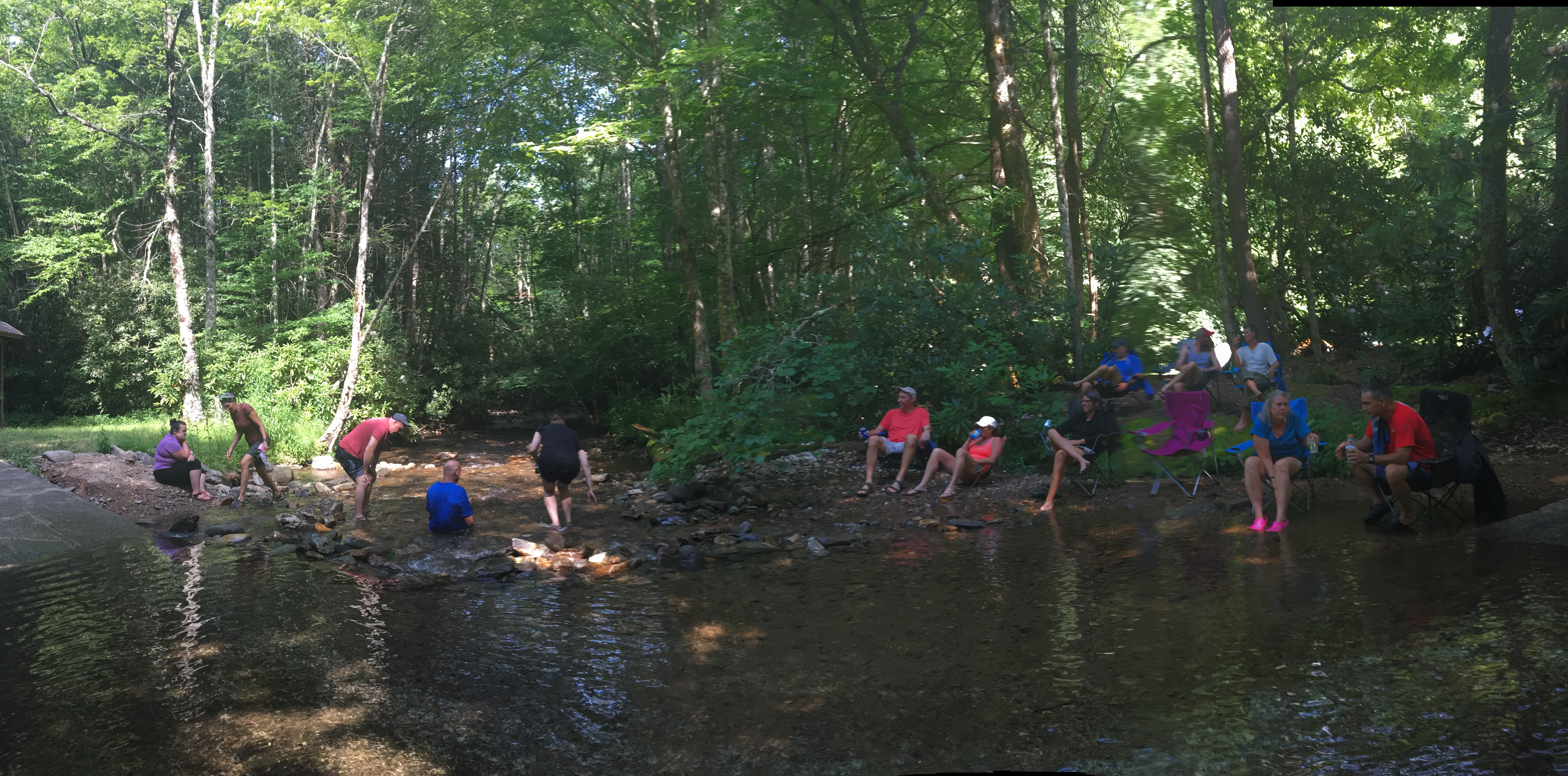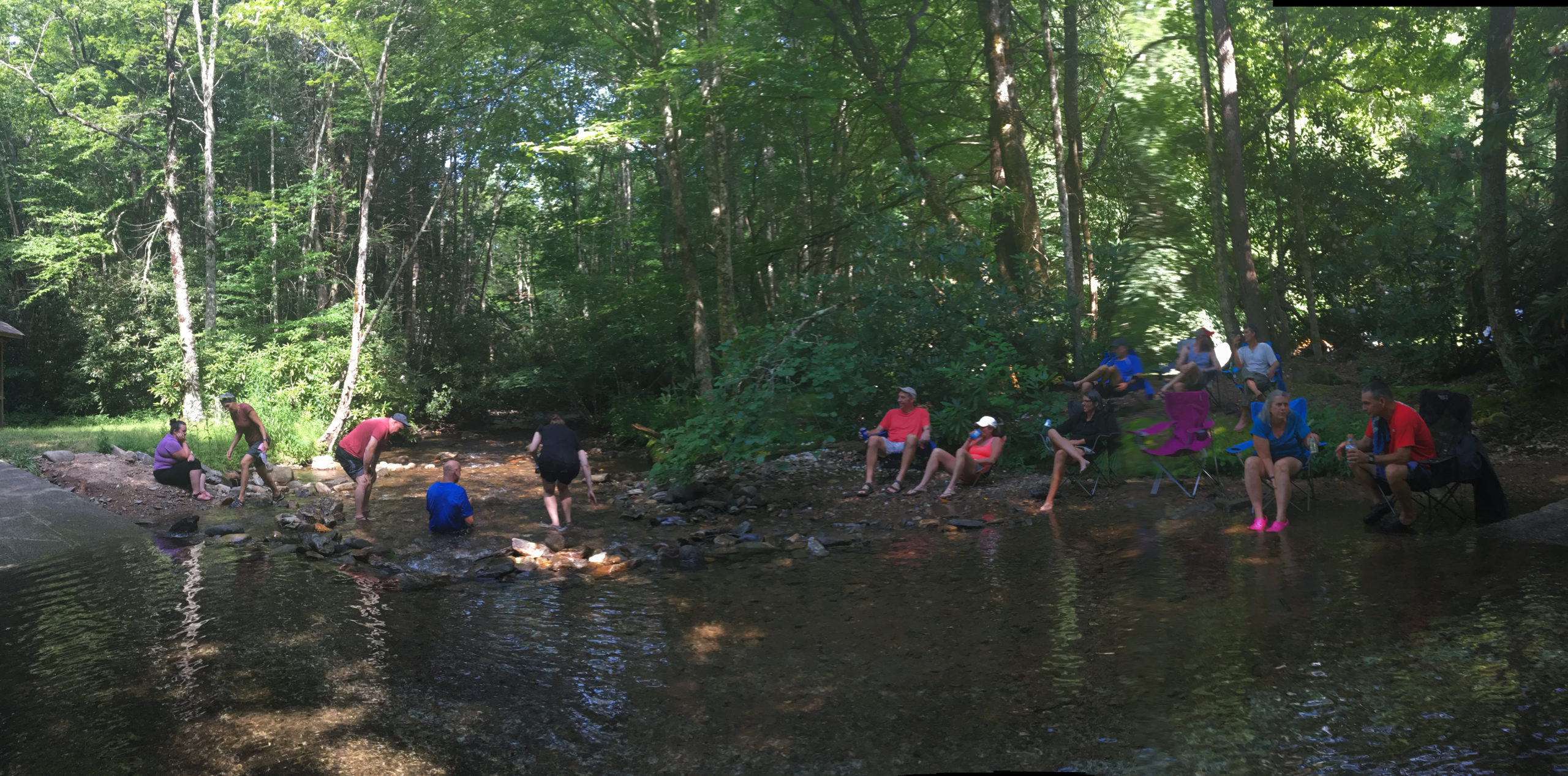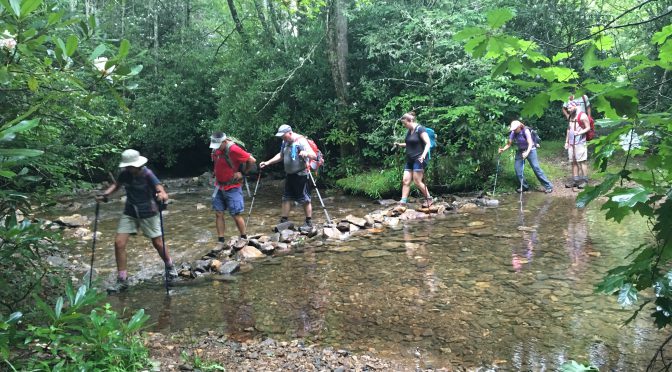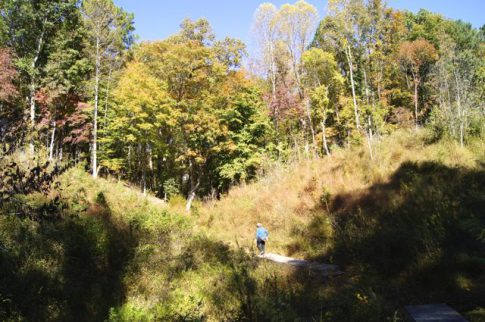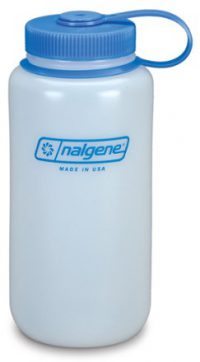With temperatures throughout the region expected to flirt with the 100 this week, it’s a good time to talk about your drinking problem.
As in, you don’t drink enough.
And in this heat especially, that’s a problem.
Here are some quick FAQs on staying hydrated:
=&0=& The Mayo Clinic says that for everyday survival, men need to consume about three liters (13 cups, three Nalgene bottles) a day, women 2.2 liters or nine cups. Bouts of exercise that make you sweat demands another 1.5 to 2.5 cups (roughly half a liter). Prolonged exercise — hiking, for instance — requires even more. How much, says the Mayo Clinic, depends on how much you sweat. On our hikes, of anywhere from 3 to 10 miles, we recommend you take two liters of water. (On longer hikes, we take a water filter.)
=&1=& Yes, says the Mayo Clinic, but usually only altitudes above 8,200 feet, which rules out anything in our region (Mount Mitchell, at 6,684 feet, is the highest point east of Souther Dakota’s Black Hills.) You’ll also want to drink a little more on an especially humid day.
=&2=& “The basic guideline for most people is that if you are doing continuous exercise for 60 minutes or less, then water is fine,” Suzanne Girard Eberle, sport dietician and author of “Endurance Sports Nutrition,” tells The Washington Post. “But beyond 60 minutes and if the intensity is high, you should consider a sports drink.” Sports drinks include electrolytes, which help regulate nerves and muscles; carbohydrates, which help restore glycogen, sodium and potassium levels, as well as water. On a long hike, it might make sense to have one bottle filled with water, and one with a sports drink. And don’t flinch when you see the sodium levels: replenishing depleted sodium (as well as potassium) is crucial to keep you going — and to keep you from cramping.
=&3=&No. Start the day before — even earlier — if you know you’re going on a long hike, especially on a hot day: your cells can absorb the liquid. And continue to drink and rehydrate after the hike.
=&4=& Are you not thirsty, or do you have no desire to drink tepid water? Our solution: If you use water bottles, fill them three-quarters full the night before your hike and stick them in the fridge. Then, just before heading out for your hike, top ’em off. You should have tasty cold water for a couple hours at least. If you use a hydration bladder, load the bladder with ice, then top off with water. If water sits in your tube long it will heat up; you may have to spit it out to get to the cold stuff. Also, according to Girard Eberle, cold water is more easily absorbed into the stomach
=&5=&If you’re drinking enough, you will have to pee. That’s good. If you have a thing about peeing in the woods, well, we have a support group — talk to us. And when you do pee, make sure it’s clearish. If it’s obviously yellow, you aren’t drinking enough.
So drink up! You got a problem with that?
